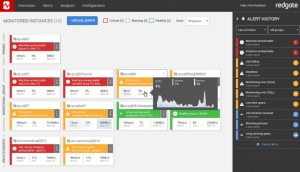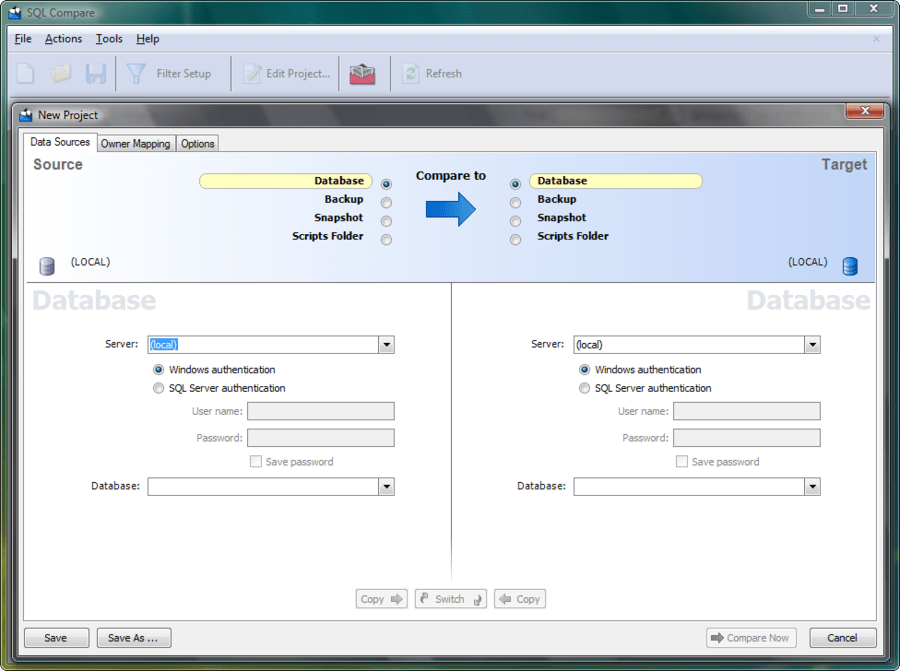

This means that the cost of ownership is a lot less, which saves us on having to purchase more storage as the system starts crowding. Saving on that storage means that we can grow our production environments more effectively because we don't have to pay for test and dev storage separately. On dev, we have two or three developers that would work there constantly. Storage clusters are quite heavily used and they have a large footprint. Being able to save storage space for non-production tasks is significant because, for testing, we have a group of five testers working there. This solution has helped to save us on Tier 1 storage, which is important to us because we do a lot of systems in-house. This is something that Nutanix Era makes very simple to do. This is one of the big time-saves because, in the past, you would normally have to take a backup of production, sanitize the data, then put it on a test machine.

The big advantage that we found was because we run development processes as well, we can actually generate development, testing, and production databases on the fly without us influencing production.

Since we're running the hosts on the normal Nutanix infrastructure, we were able to scale the loads according to what we need and it's really easy to scale up or down as needed. The performance and flexibility of non-Nutanix workloads are quite good because from a working perspective or a load perspective, scaling of the system is very straightforward.


 0 kommentar(er)
0 kommentar(er)
